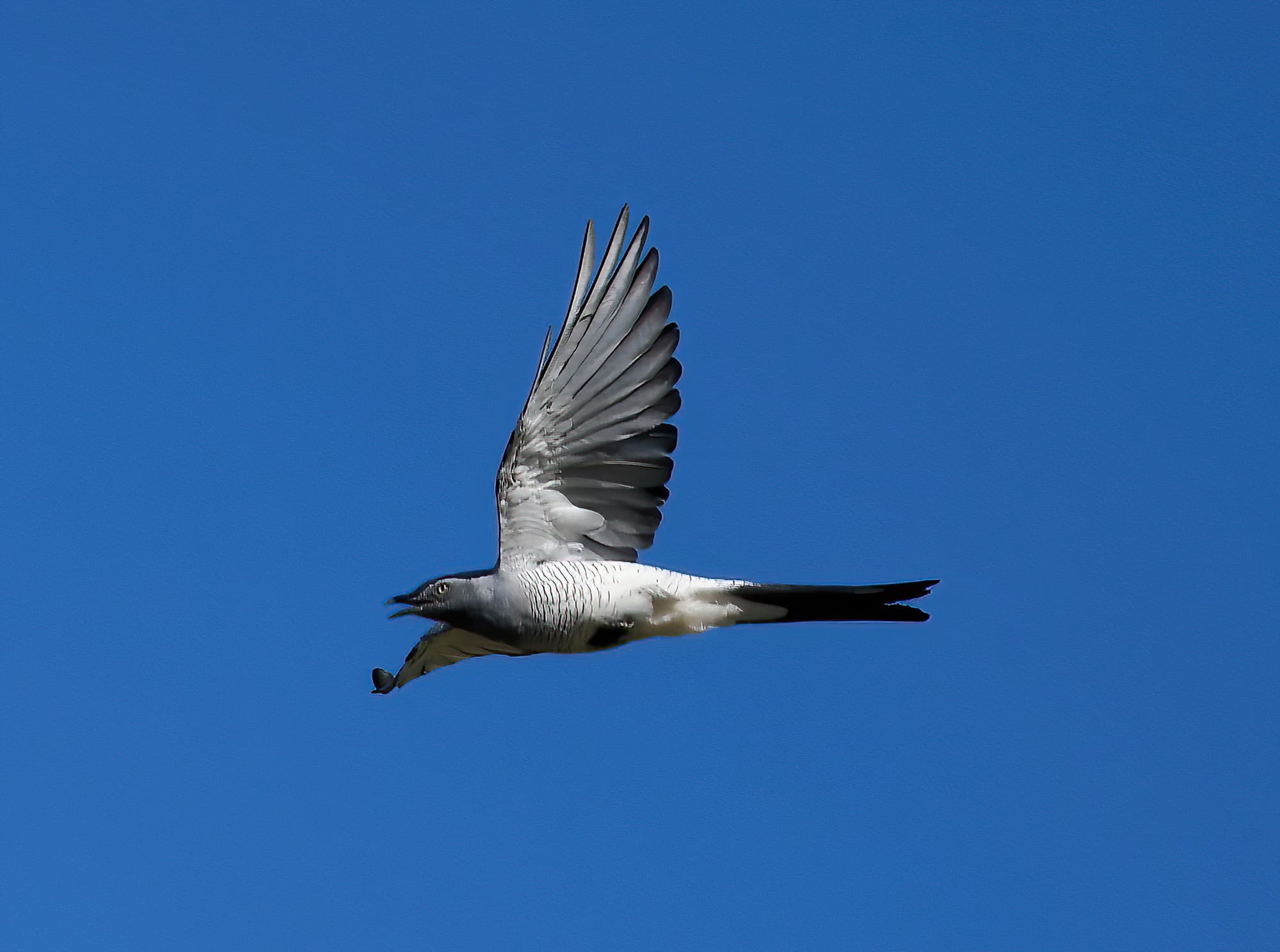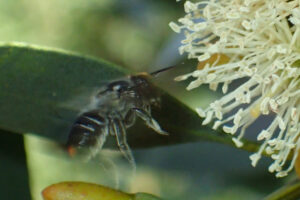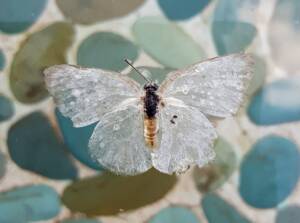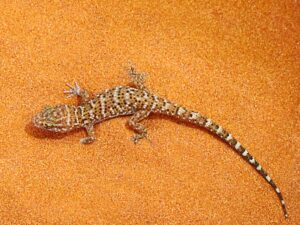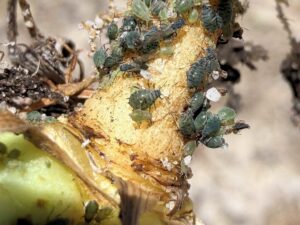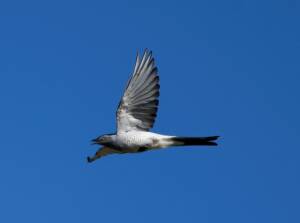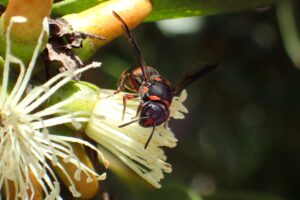Author Koh Lin ◦
Growing up, I often associated cuckoos with birds that eject the eggs or juveniles out of the nest, to be replaced by the eggs of the Channel-billed Cuckoo. Now I know there are other creatures that are known as cuckoos, they are tiny in comparison, but their behaviour is much the same…
Cuckoos come in a variety of forms and sizes, from the Channel-billed Cuckoo (Scythrops novaehollandiae), the Black-faced Cuckooshrike (Coracina novaehollandiae), to our smaller creatures such as the Neon Cuckoo Bee (also known as the Neon Cloak-and-dagger Bee – Thyreus nitidulus) and Chrysididae Cuckoo Wasp, Stilbum cyanurum (Large Cuckoo Wasp).
Some of the cuckoos of the insect world belong to the most colourful of the families in the order Hymenoptera, in the genus Chrysididae (a large cosmopolitan group with over 3,000 described species), and are commonly known as the Cuckoo Wasps, Emerald Wasps and Jewel Wasps. Typically associated with solitary bee and wasp species, the term “cuckoo wasp” refers to the parasitic lifestyle, with many species exhibiting behaviour in the host nests similar to that of cuckoos in the nests of their bird hosts.
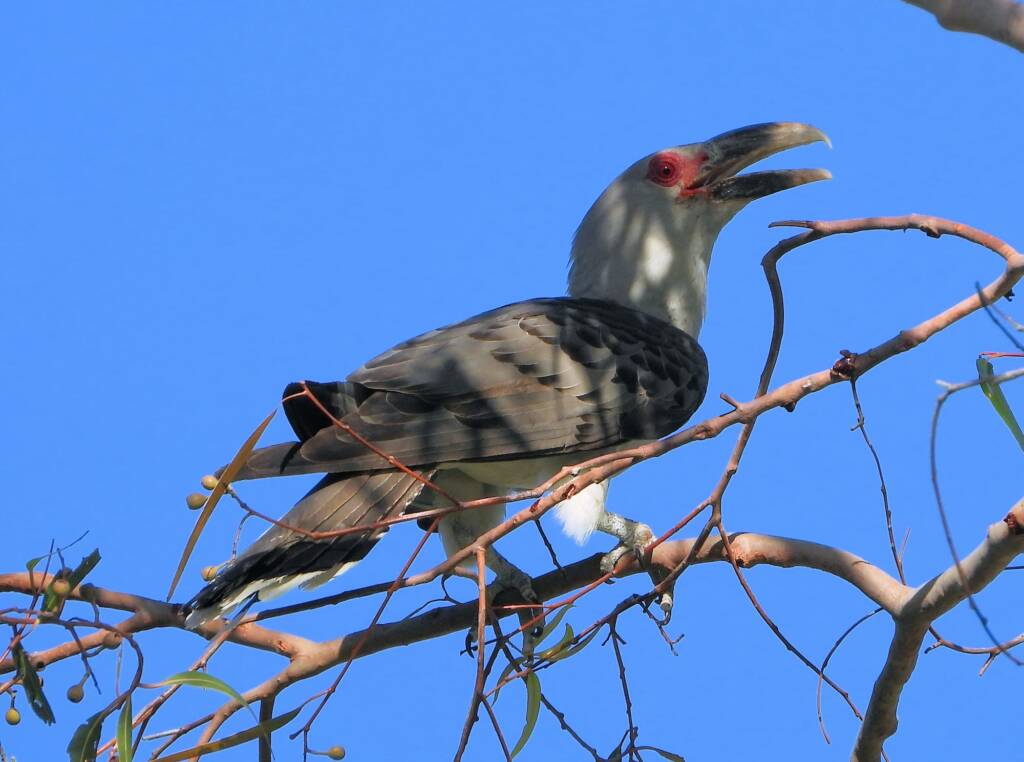
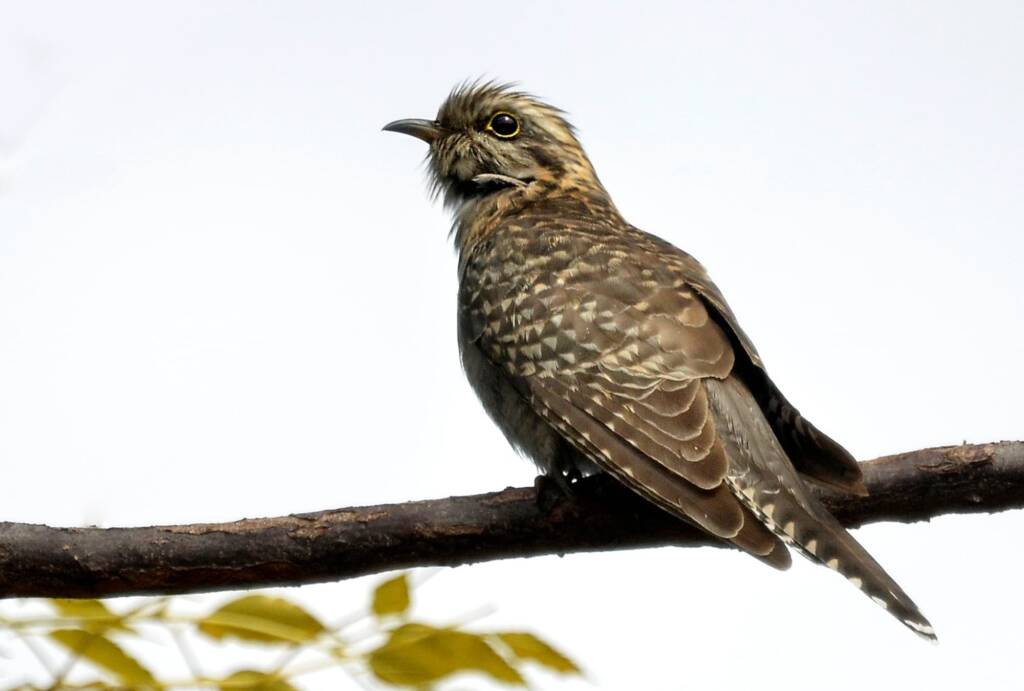
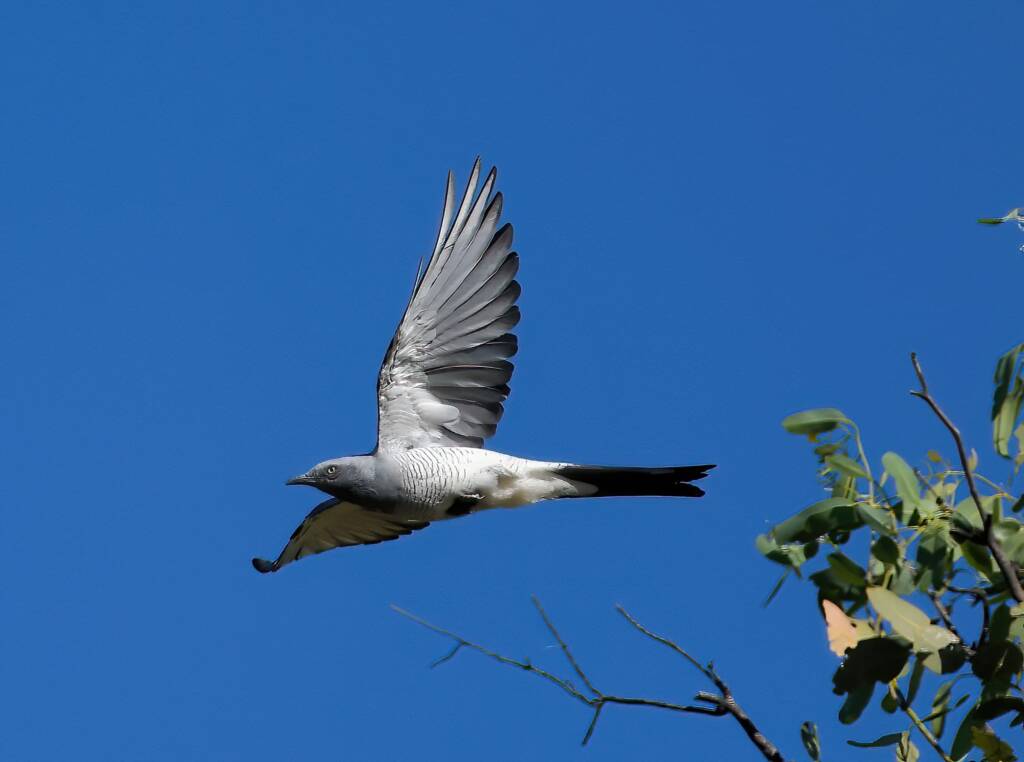
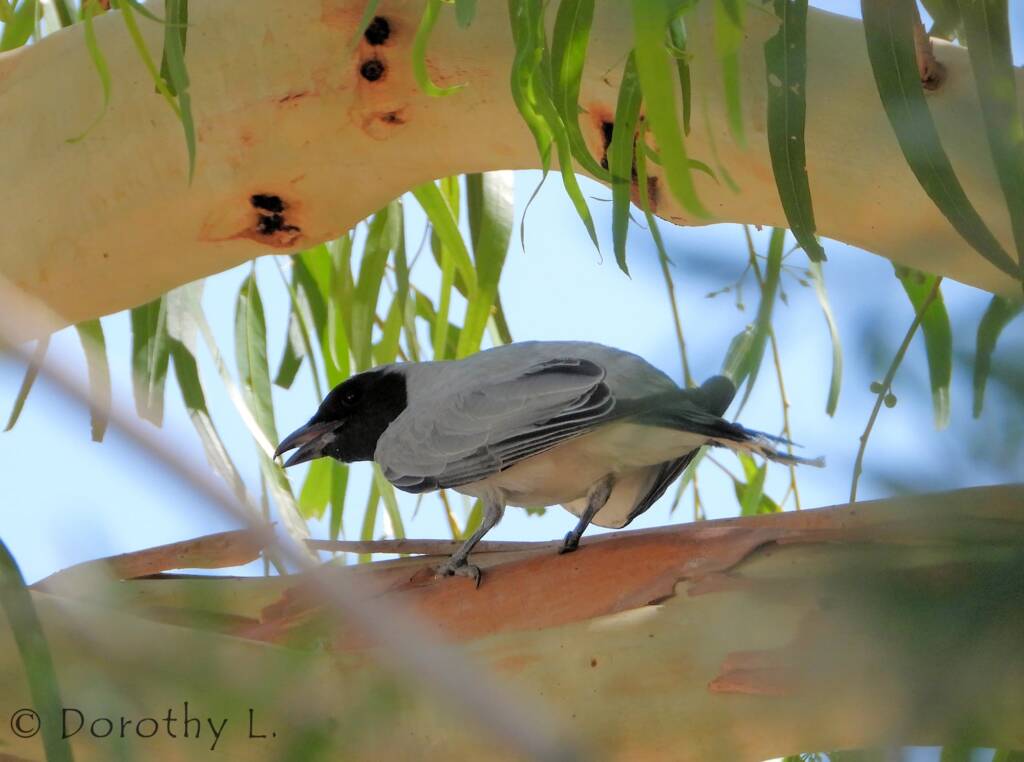


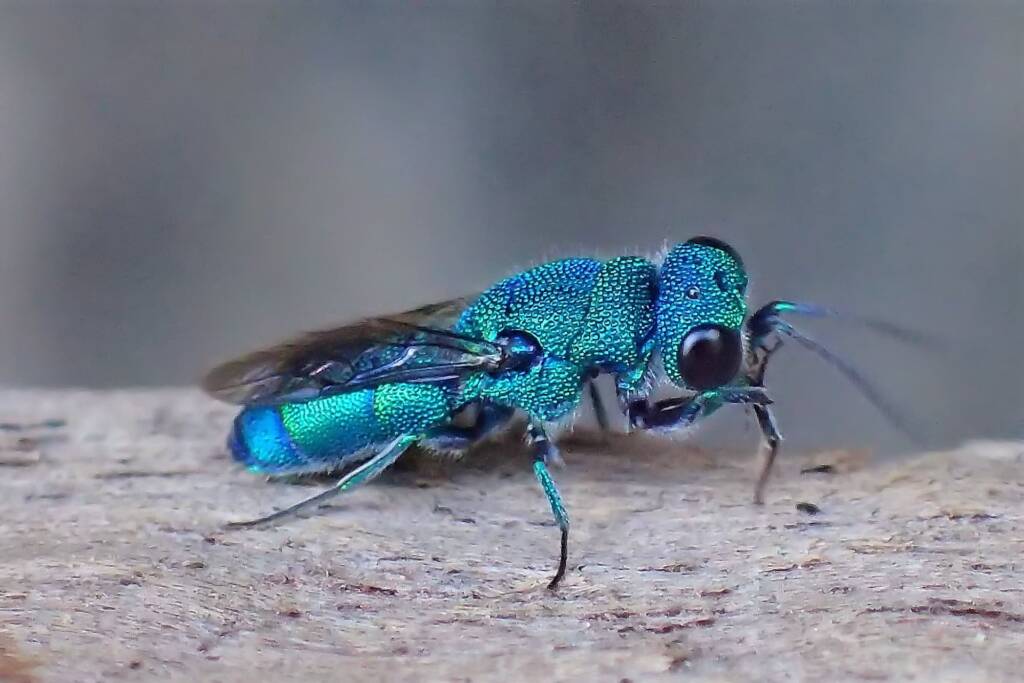

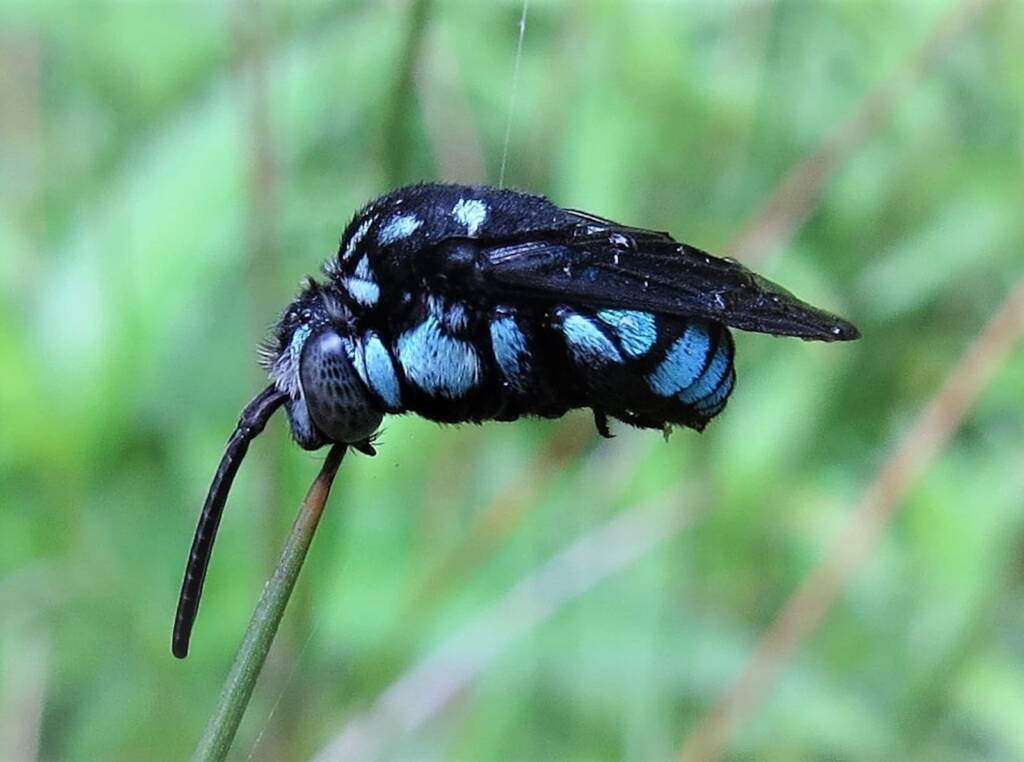
Also check out:
- CBC… fostering
- A Home Like Alice…
- Black-faced Cuckooshrike
- a cuckoo wasp staking out her nest…
- Chrysididae
- Stilbum cyanurum (Large Cuckoo Wasp)
| DONATIONS We at Ausemade are passionate about the content. If you love our website, we welcome any donations to assist us in covering the costs that includes hosting, support and much more… click here to go to our Donations page. |

